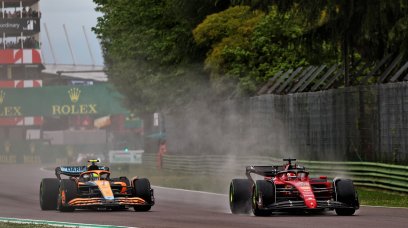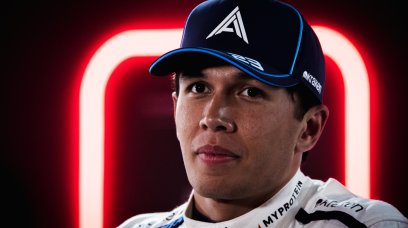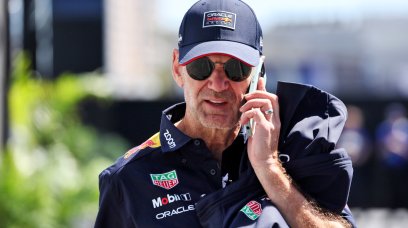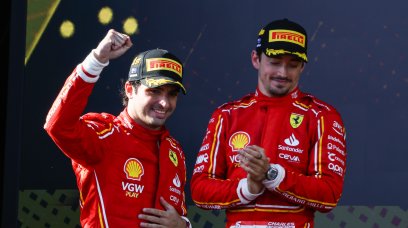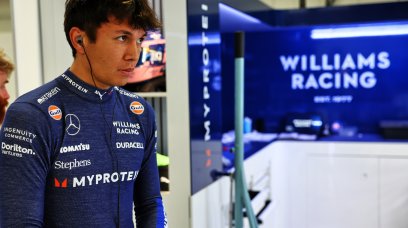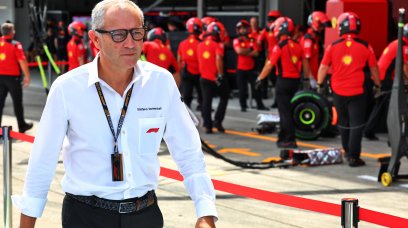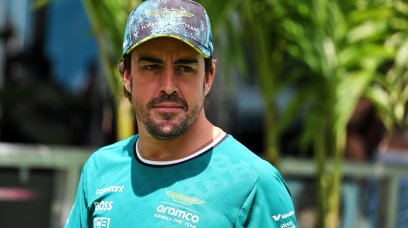Lando Norris admits that racing at the Singapore Grand Prix can be stressful due to the track posing several opportunities to make a mistake. F1 is about to return to the Marina Bay Street Circuit for the first time since 2019, with the race having been absent in recent seasons due to the coronavirus pandemic. That last event was held in Norris' debut year as a Formula 1 driver, so the Briton is keen to compete at the venue again and is looking forward to the challenges that the night race brings. "I'm very excited," Norris told Sky Sports F1 . "Singapore is one of my favourites of the whole season. Obviously I only drove there back in 2019. As a qualifying track, it's one of the best of the whole season. "[It's an] extremely difficult track. It's going to be even more [difficult] in these cars, which are terrible over the bumps and [with] the bouncing, porpoising, all of these things. "It's, in a way, not going to be nice to drive. But at the same time, it's one of the most difficult to put together – [there's] 24 corners or something – so nailing a lap here is extremely difficult. "But when you maybe get close to doing that, it's a cool achievement and feels amazing. And just the whole event, a night race, Singapore, it's a lot of fun."
Norris explains what a lap of Singapore feels like
The 5.063km Marina Bay Circuit is a high-speed track featuring 23 corners and a bumpy surface. As such, the experience of a lap around the venue is not exactly a relaxed one, according to Norris. "It's one of the most stressful tracks, just because there's so many opportunities to crash and to make very costly mistakes," the McLaren driver explained. "It's like Monaco in some ways, but generally a lot more bumpy. You have more high-speed sections, and [there are] just a lot more corners and therefore more opportunities for it to go wrong. "The races normally go a little bit chilled at the start, because it's difficult to overtake so everyone kind of falls in line [and] wants to look after the tyres. "Then you get to the pit-stop window, and that's where, all of a sudden, you go from maybe feeling a little bit relaxed to going all out and having to nail every lap, every corner. "[It could be] one of your few opportunities to maybe gain a position or two positions, and that's when it's just pretty stressful." The humid conditions pose an additional challenge in Singapore, and Norris thinks that this can bring an added risk of potentially losing concentration. "You're sweating because of the humidity. You tend to lose three/four kilos of fluids through the whole race," he continued. "So physically, it's very stressful, and then you're pretty much racing to the end. You're giving it all, you're hoping for sometimes Safety Cars and VSCs [Virtual Safety Cars] to take advantage of. "Your head has to be so in the zone. As soon as you relax or you lose a little bit of focus, before you know it, it's too late."
The impact of racing at night in Singapore
Another aspect of the Singapore Grand Prix to factor in is that the race is held at night, and Norris believes that this has an impact on perception of speed. "It makes you feel like you're going a lot quicker, just because of all the lights," Norris said. "Especially on the narrow circuit, you've got all the big lights everywhere. Just them going past you constantly makes you feel like you're going a lot quicker. "Even when you do FP1 [and] FP3, more towards the daytime. You have them and it's quite light, and then you get to the evening, it's dark, you're out for FP2 or qualifying and, even if you do the same lap time, you feel like you've gone a lot faster. "So when you do actually go even quicker, because you're going low fuel on new tyres, you feel like you're going twice as fast, and it takes a little bit for your mind to actually get used to that. "All the lights flashing past, and for your vision to get used to those types of things. It feels extremely fast and extremely quick, especially when you're getting super close to the walls and you're finding that limit. It's an amazing feeling."
Most read
